









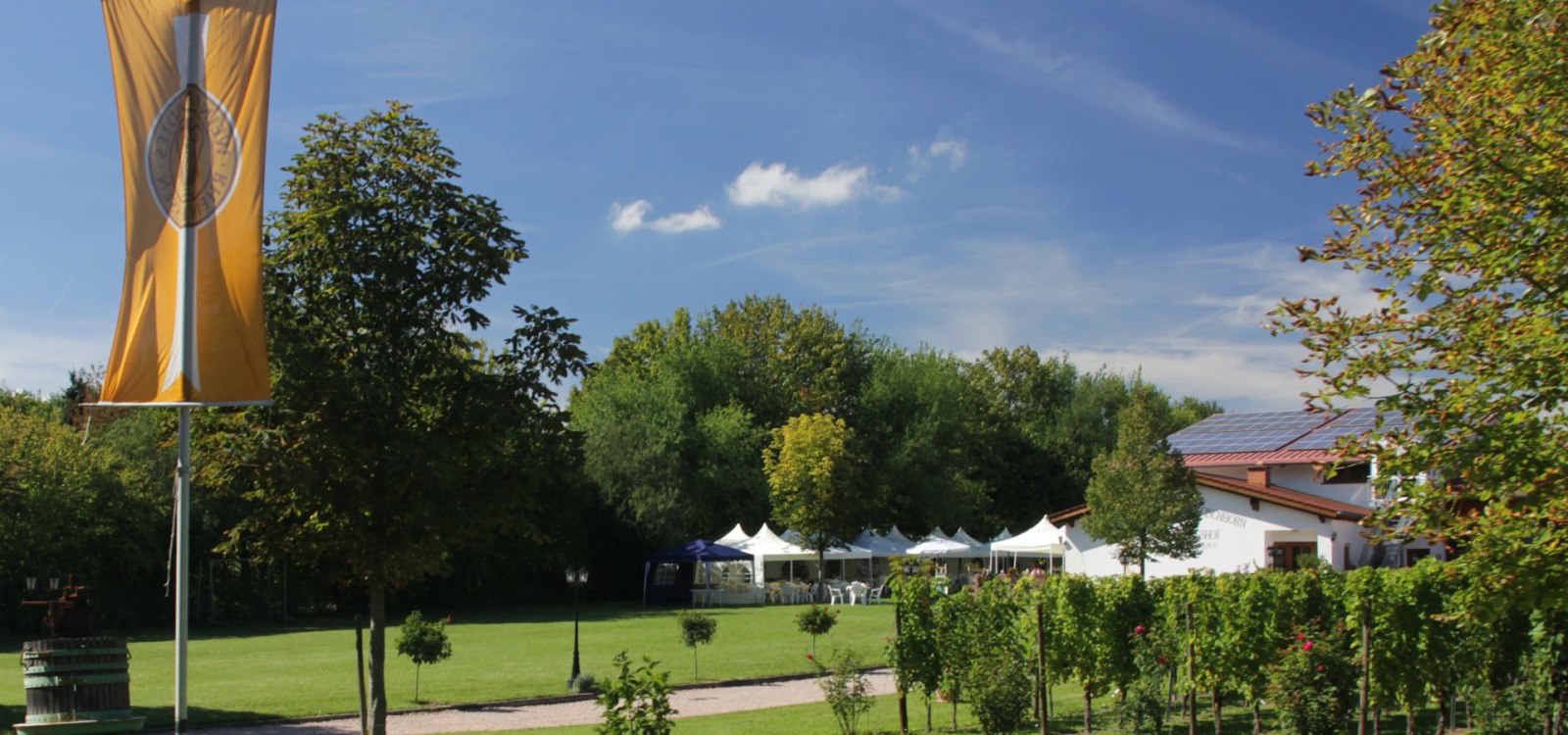









Weingut Fischborn Bergeshof
Ruth Fischborn
Dalheimer Straße 57
55278 Dexheim
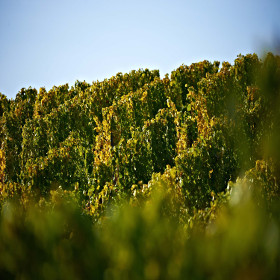
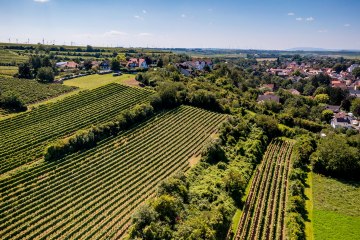
The drink of the teacher - wines from the limestone
Which doctor is meant here? The doctor, the schoolmaster, a scholar? It is assumed, that the rights to use the vineyard belonged to the village schoolmaster. Apparently he was a foodie, as the vineyard is pure limestone. The humus layer is very thin. This produces mineral and salty wines. The acidity is well buffered by the limestone. Especially Pinots grow very well here. In former quarries - used by the inhabitants for centuries – dedicated winegrowers planted vines again.

Tool, hill, goat? Nowadays a premium vineyard
The name of the vineyard is documented in a deed from 1753, as the vineyard property of various Nierstein vineyards. The origin of the name has not been definitively clarified. It could have come from Middle High German and once meant "hügell" (hill). Or it goes back to "Hippe", which means tool - or another version - goat. Did bleating goats once jump over the hill here? Who knows. Today, no goats bleat there any more - and the winegrowers have nothing to complain about either. This single vineyard site is of special value. World-class Rieslings thrive on the special red claystone called Rotliegenden. The "Alexander-von-Humboldt-Blick" is a viewing point located in the middle of the single vineyard site. In 1790, the naturalists Georg Forster and Alexander von Humboldt travelled by carriage from Mainz to Nierstein and reported on the red rock and the noble wine.
> Hike and audio to the Hipping station: https://roter-hang.de/weinerlebnis/hipping/
> Info about the Alexander-von-Humboldt view: https://rhein-selz-tourismus.de/rhein-selz-entdecken/die-entdeckung-des-tages/alexander-von-humboldt-blick.html
> Discover the single vineyard by bike: https://www.rheinhessen.de/amiche-radweg

Originally reserved to the priest only, nowadays open to everyone
“Frühmesse” is the German word for the early mass, a holy catholic mass, which the priest read in the early morning, before starting work. The grapes and wines from the single vineyard "Alsheimer Frühmesse" were apparently used to pay such a priest or chaplain. The vineyard was first mentioned in a document in 1721 under the name "zur Frühmeß" (engl. For early mass). Many Rheinhessen grape varieties grow on fertile loess soil. Loess is a very soft material thanks to which there can also be some hollow trails found in the municipality. These are paths cut deep into the landscape, created by erosion and time. Today they are a precious refuge for animals and nature.
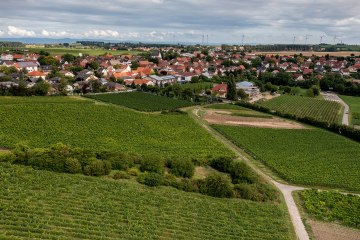
The word “Kehr” is a synonym for loop or serpentine. The plough turn as an interpretation for this can be ruled out, books say. The name of the vineyard is interpreted as a bend in the path. But don't all terrain forms have bends? Well then. The first mention of the site dates back to 1465. Different vines grow on loess, heavy clay and loam soils and limestone. The wines, especially Rieslings, are full-bodied and extremely dense, fruity and juicy. A vineyard hut with benches and a table offers a rest and a view.
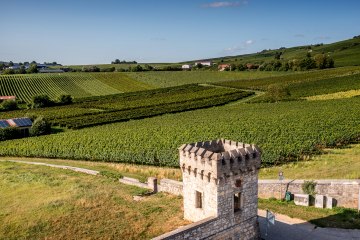
Pinot Noir and a spelling mistake
It can sometimes be very amusing how names are established. For this vineyard, name very likely originates in a spelling mistake: In the first documented reference from 1364, the vineyard is called "Uf dem Burgwege" (engl. On the castle path). However, what might actually have been meant is “Bergwege" (mountain path); The writer changed the "e" to a "u". The slope of the "Bodenheimer Burgweg" hill has an impressive ten to 25 percent gradient and consists of glacial loess and sandy clay loam. The light, nutrient- and lime-rich soil is particularly suitable for the cultivation of Pinot Noir, but also Riesling, Silvaner and Scheurebe. Bodenheim is part of the RheinTerrassenWeg, a hiking trail parallel to the river Rhein. The people of Bodenheim like celebrating at the tower. The most important occasion there is the Sankt Albansfest, a wine festival in June.

Once owned by the counts: limestone-rich vineyards for elegant wines
Birds of prey certainly fly their courses here, but they are not the origin of the name. Above Dienheim lies the "Falkenberg" vineyard. The name probably goes back to the "Counts of Falkenstein". In 1423, the mayor and council of the town of Oppenheim had jurisdiction over the Dienheim field parcel. From 1429 to 1497, Oppenheim belonged to the Counts of Falkenstein. So the people of Dienheim were also subjects of the counts. The Falkenberg stands for fine-fruited, elegant wines from various grape varieties. The subsoil of the loess beds contains loam and lime. The best way for hikers to discover the vineyard is by hiking the RheinTerrassenWeg and resting at the Falkenberghütte.